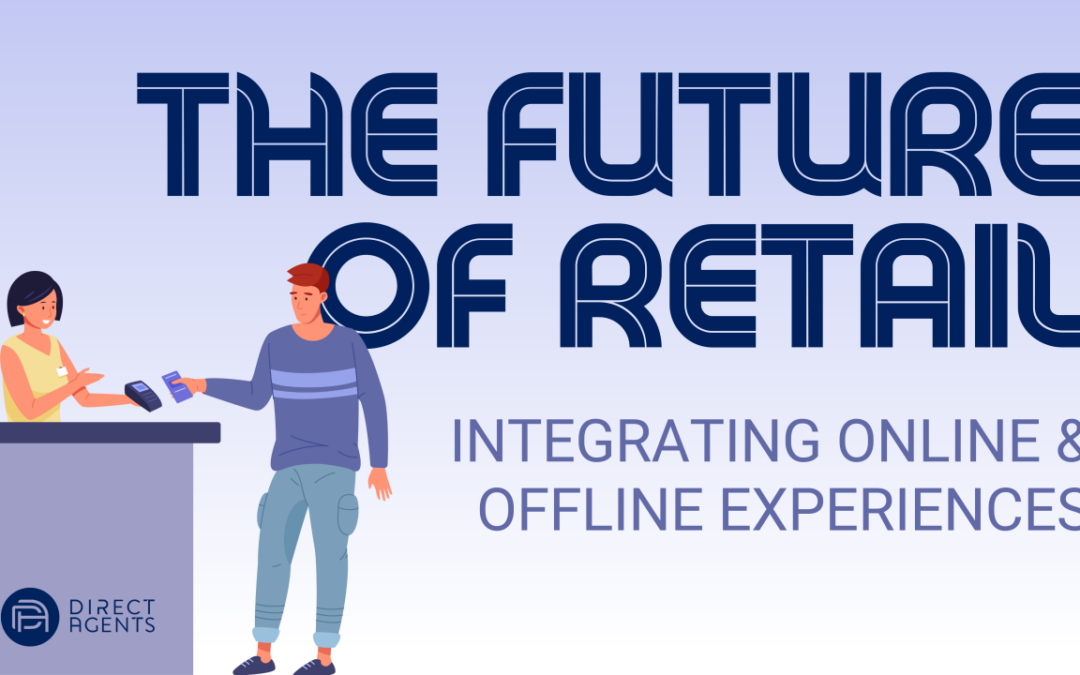Market Dynamics
The eCommerce industry has seen incredible market growth post COVID-19, with new retailers offering ad solutions at a rapid pace. However while online is becoming a bigger part of the broader Retail market, brick and mortar still accounts for the lion’s share of sales at 92%.
Amazon is desperately trying to break in, recently bringing their friction-free check out experience in store as shown by their development of cashierless, technology-heavy Amazon Go stores. However, the opportunity for brands to take advantage has been minimal with only 23 U.S. locations.
The Rise of Retail Media Networks
In the meantime, traditional Retail stores are developing their own Retail Media Networks (RMNs) offering Brands the ability to digitally-engage with in-store shoppers creating a more seamless, customized experience. RMNs, amplified by the scale of brick-and-mortar, presents a significant threat to Amazon, and an opportunity for Brands to meet their customers where they are.
Target and Walmart in particular stand to become the biggest threat to Amazon’s dominance. Target, for instance, reports that 75% of shoppers use their app or website while shopping in store, and that number rises to 90% when polling Gen Z. The use of these loyalty systems act as a Trojan-horse for retailers to match a shoppers app/website activity with what they purchase in-store. Target already provides brands with sales statistics that come from in-store purchases, made by shoppers who have been served Sponsored Search ads online. At Direct Agents, we’ve seen an additional 9-15% of our partner’s sales attributed to Sponsored Search Ads coming from these in-store purchases, and we expect other retailers to begin rolling out similar attribution capabilities in the coming months.
Enhancing In-Store Experience
Retailers are also leveraging the power of marketing to provide brands with new and impactful ways to drive awareness and sales in-store. Target is testing digital screens in-isle, offering brands a way to engage with shoppers, and drive sales for key items. At certain marketing investment levels, brands can also participate in in-store sampling, which has driven stronger sales than digital displays alone. Walmart offers both self-checkout and TV wall marketing capabilities, while Kroger is rolling out cooler screens, providing high-impact placements for customized messaging to shoppers.
In addition to the value that these types of executions provide to brands, they create a new revenue stream for the retailers, by collaborating with brands on marketing campaigns featured at brick-and-mortar locations. This integrated branded experience enhances the overall value proposition of retailers, making their stores destinations not only for shopping but also for brand interaction and discovery. Moreover, advancements in technology allow for the aggregation and analysis of valuable customer data, providing deep insights into consumer behavior, preferences, and trends.
Retailers can utilize this data to refine marketing approaches, enhance upselling and cross-selling tactics, and offer personalized promotions and tailored product suggestions, ultimately boosting conversion rates and elevating average order values. Using customer IDs, loyalty programs, and in-store QR codes, retailers can tie together online and offline sales. This all results in further quantifying the ROI driven by online ads and isolating the impact on consumer behavior.
Looking Forward
The future of retail lies in seamlessly integrating online and offline experiences, and leveraging technology to enhance the customer journey, drive sales, and foster lasting brand connections. Multi-faceted in-store digital experiences help position brands to meet consumers where they are, and make meaningful connections with consumers, who become loyal customers as a result.
For personalized assistance in refining your marketplaces strategy, please reach out to us at [email protected].
Chris Hayes, eCommerce Strategist, Direct Agents



